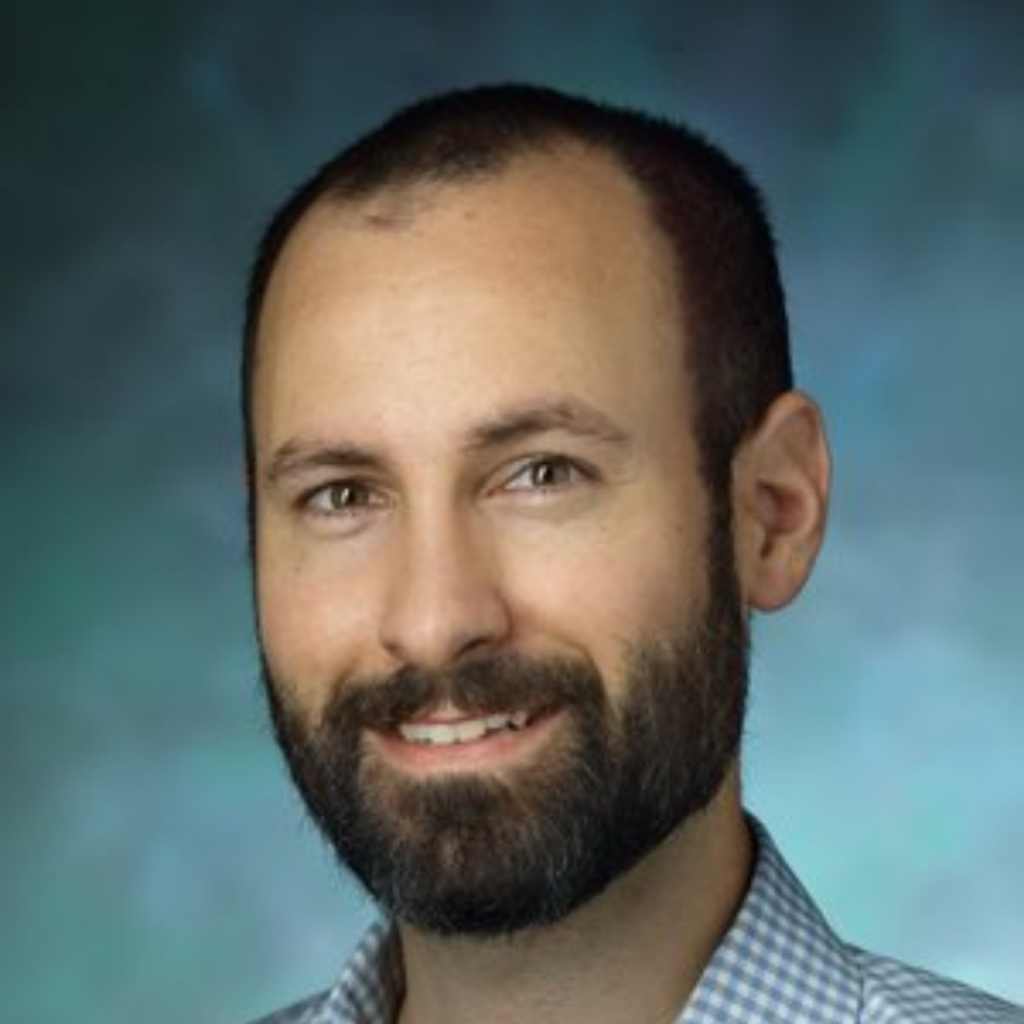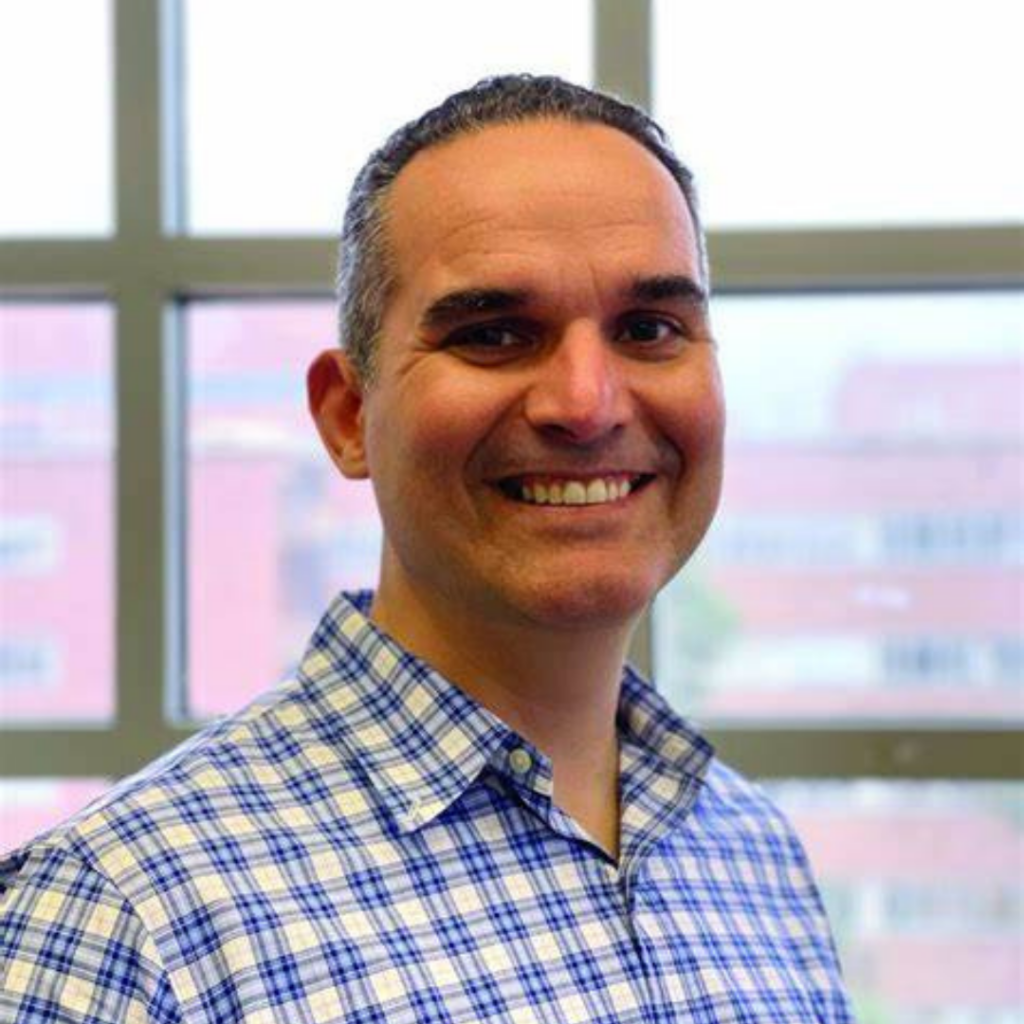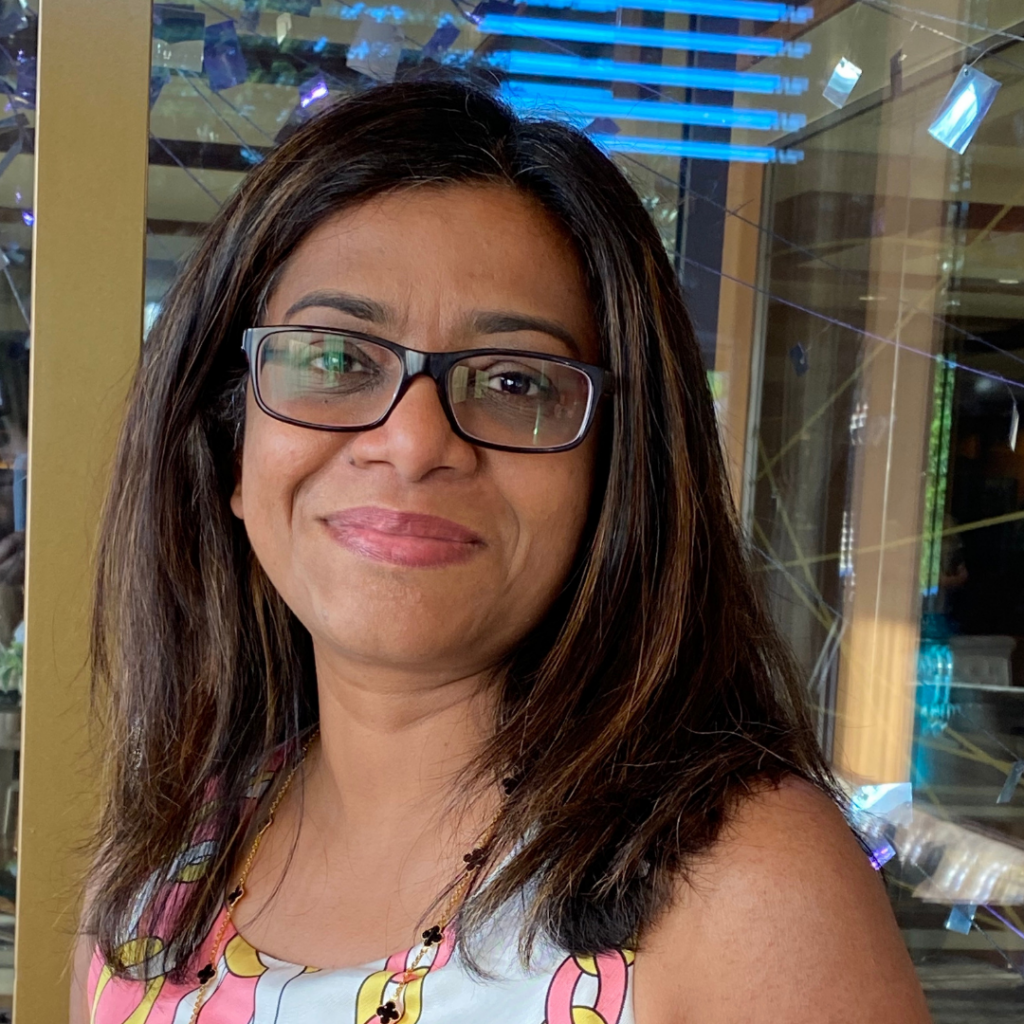10 October 2024
The LEO Foundation has awarded five Serendipty Grants, with a total of just below DKK 18 million, in its latest round of funding. These grants are reserved for existing LEO Foundation grantees and awardees globally, who during their work on a project funded by the Foundation, have made an unexpected discovery, which lies outside the scope of the project originally granted.
Scientific breakthroughs often originate from researchers following their curiosity in investigating unexpected discoveries. This is the essence of the Serendipity Grants program that nurtures the researcher to pursue novel and unexpected – serendipitous – research ideas and findings. Now explorers of unexpected ideas – Assistant Professor Nathan Archer, Professor Ya-Chieh Hsu, Assistant Professor Esther Hoste, Reader Shoba Amarnath and Associate Professor Philip Scumpia – have received Serendipity Grants from the LEO Foundation.
“With our Serendipity Grants, we would like to support discoveries that, within the context of the pursued project, can be seen as unsuccessful or outside scope but still might have the potential to generate brand-new insights and knowledge,” says Anne-Marie Engel, Chief Scientific Officer at the LEO Foundation, and continues:
“We are also keen on funding established researchers who wish to pursue exciting novel ideas that may be on the fringes of their current field of expertise, and we promote an approach where openness to new discoveries is key, as we believe it can support researchers in exploring promising new research paths. We are looking forward to following these five grantees’ new insights as they pursue the new research questions raised by their unexpected findings.”
Driven by curiosity
This year’s five Serendipity grantees are all set to transform unexpected findings into valuable new scientific insights. They receive a total of DKK 18 million to explore their ideas and findings.
Here you can read more about the five grantees, their research projects and their serendipitous ideas.
Esther Hoste
Assistant Professor, VIB-UGent Center for Inflammation Research, Belgium, DKK 3.6m

Mechanisms of deconstruction and reconstruction of dermal fat in injury repair
Esther Hoste’s project aims to elucidate the role of regulated cell death in adipocytes in relation to injury repair.
In preliminary studies, funded by her LEO Foundation Award in 2022, and investigating keratinocytes in injury repair, Esther Hoste and her team, to their surprise, observed cell death executioner events in adipocytes, implicating lytic and non-lytic adipocyte death in skin wound healing. While adipocyte plasticity is documented as an integral part of skin repair, little is known about the pathways mediating this process. However, rebuilding the adipocyte layer is crucial for restoring skin function after injury.
Nathan Archer
Assistant Professor, The Johns Hopkins University School of Medicine, USA, DKK 4m

Role for adipocytes and crosstalk with eosinophils in atopic dermatitis pathogenesis
Nathan Archer’s project investigates the surprising finding that dermal adipocytes and their crosstalk with eosinophils may play an important role in the development of atopic dermatitis.
The aim of Nathan Archer’s original project was to investigate the role of eosinophils, a type of immune cell, in the pronounced bacterial dysbiosis seen in relation to atopic dermatitis (AD). During those studies, Nathan Archer and his team serendipitously discovered an unexpected interaction of adipocytes with eosinophils in the skin, which was also associated with skin inflammation. This novel link will be investigated in Nathan’s project.
Philip Scumpia
Associate Professor, The Regents of the University of California, Los Angeles, USA, DKK 4m

Dissecting the effects of sex hormones and sex chromosomes in heightened cutaneous inflammation in female mice
Philip Scumpia’s project will investigate a surprising discovery that links gender to differences in immune responses.
Philip Scumpia and his team created new formulations of biomaterials intended to improve cutaneous wound healing and decrease size of scars in his current LEO Foundation-funded project. While evaluating the immunological mechanisms, Philip and his team observed considerable variability in immune cell recruitment to the different hydrogels. After careful scrutiny they realized this variability was entirely due to the fact that female mice developed stronger immune responses to the hydrogel than male mice. Strikingly, female mice displayed a much earlier and more severe skin inflammation in other mouse models studied in the laboratory includingeczema, psoriasis, and sunburn.
Shoba Amarnath
Reader in Immune Regulation, Newcastle University, UK, DKK 2.1m

Deep phenotyping of T regulatory cells in psoriatic arthritis highlights targetable mechanisms of disease
Shoba Amarnath’s project will investigate an unexpected link between regulatory T cells and the development of psoriatic arthritis (PsA).
In Shoba Amarnath’s original studies, based on her LEO Foundation Award in 2019, she sought to understand the role of immune cells in melanoma. As part of these investigations and to compare immune responses between cancer and autoimmunity, Shoba serendipitously found, through single-cell RNA and protein level analysis, that regulatory T cell (Treg) communication pathways with unconventional immune cells were significantly disrupted in psoriatic arthritis (PsA). This unbiased deep phenotyping specifically revealed a novel Treg specific regulatory mechanism in autoimmunity, especially crosstalk with osteoclast precursors (OCPs). It also has identified new targetable proteins in diseases where there is significant bone loss.
Ya-Chieh Hsu
Professor, Harvard University, USA, DKK 4m

How innervation regulates regeneration and scarring responses
Ya-Chieh Hsu’s project investigates the mechanisms behind the unexpected observation that wound healing slows upon increased innervation of the surrounding tissue.
During testing of a virus-based tool designed to genetically manipulate skin cells Ya-Chieh Hsu and her team serendipitously discovered that increased innervation at a wound site slows healing and leads to increased scarring. This discovery suggests that wound-induced hyper-innervation may be important in driving scarring and fibrosis.
About Serendipity Grants
Serendipity Grants, worth up to DKK 4 million for up to two years, were launched for the first time in 2023.
A Serendipity Grant can last for up to two years and has a limit of DKK 4 million, including administrative costs.
The LEO Foundation Serendipity Grants program is announced once a year in open competition. In 2025, the application deadline is 24 June (16:00 CEST).
